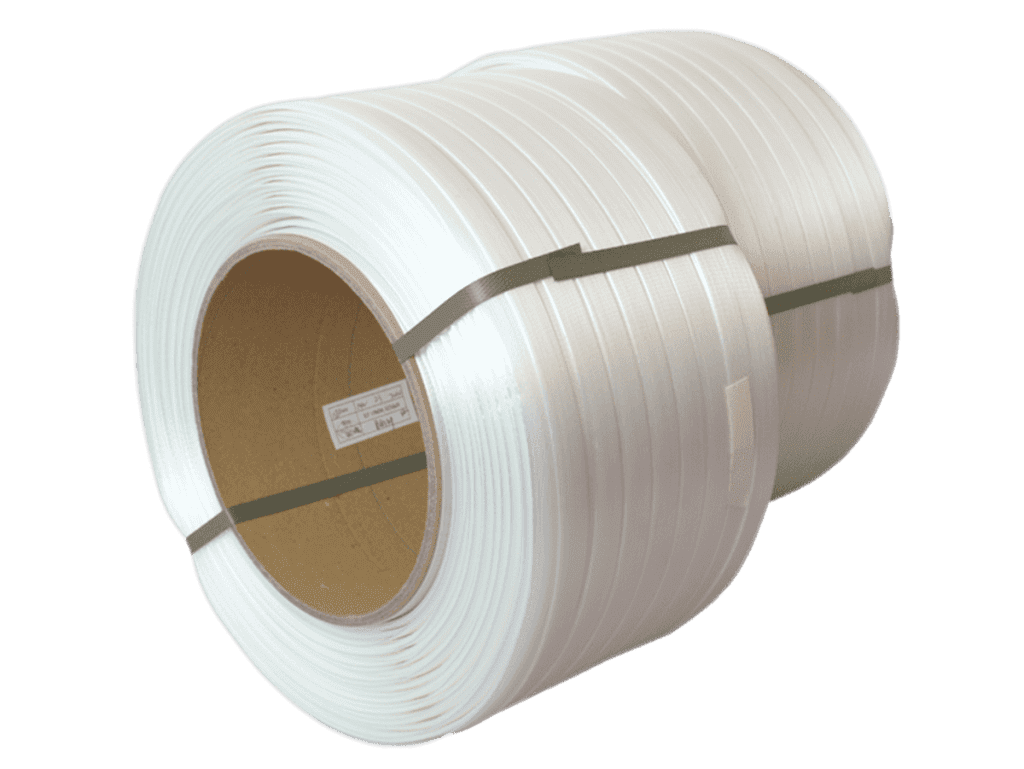Packaging sustainability is now a global commitment, driven primarily by environmental care and significant cost reduction. This, coupled with reduced emissions of polluting waste, entails substantial benefits.
To achieve this, responsible thinking must be the driving force initiating this formidable process. The ultimate goal should be to minimize the impact on our environment. Most companies have already been adopting a critical approach in this regard.
Let’s explore the outcomes of this new perspective that prioritizes the preservation of our environment for the future. What materials are being used, which organizations have succeeded, and what are the direct benefits and trends towards new and better materials.
The Importance of Packaging Sustainability
Packaging sustainability has become a crucial topic for businesses. More and more corporations are aware of the positive impact this has on the environment and sales.
In terms of sales, sustainability in industrial packaging has been taken very seriously by millennials. This demographic is more conscious when making purchases, placing significant importance on the type of packaging material and aligning fully with sustainability.
They understand that eco-friendly packaging generates less waste and consumes less water in production. Therefore, they identify more with these initiatives, gravitate towards purchasing sustainable packaging, and have a special preference for eco-friendly options.
This trend ensures that users of such packaging leave a minimal environmental footprint. Products packaged in this way gain popularity, leading to increased sales.
Additionally, companies that are environmentally responsible gain a high reputation. A Taste Tomorrow study revealed that 61% of consumers consider reaching zero waste important, and 43% prefer recycled ingredients.
Successful Companies in Sustainability
There are currently numerous success stories in sustainability, creating green packaging according to specific needs. Manufacturing materials for packaging appliances is different from packaging garments or food. Let’s look at some successful examples.
Food Sector
Standards for this sector are stricter due to consumer health concerns. Measures have been taken to minimize environmental impact. McDonald’s, for instance, has committed to providing 100% recyclable packaging by 2025.
In the beverage industry, the Mexican brewing industry has gradually changed its packaging designs. They no longer use plastic rings in packs; instead, the current ones are made of cardboard from sustainable forests. Regarding labeling, they are opting for recyclable adhesive labels.
Cosmetics
New trends in cosmetics are shifting towards natural cosmetics. Practices such as animal testing are becoming a thing of the past. For example, L’Oreal is already promoting reusable packaging projects to eliminate plastic usage. Likewise, Lancôme has a line of perfumes with refillable bottles.
Fashion and Textiles
When talking about sustainability in fashion, it’s not just about eliminating plastic bags. It involves using all available space in a box to pack multiple products, thus reducing costs. For instance, H&M from Sweden introduced a cardboard bag that serves as a hanger after use. A concrete example of ecodesign.
Strategies in Packaging Optimization
To aid in packaging sustainability, companies have devised various strategies. The focus is on a world with fewer waste products, so the idea is to manufacture packaging with intelligent designs. Five strategies can be identified to achieve this.
- Less material: Consuming the minimum amount of material possible is an ambitious goal. It requires ensuring that quality remains intact. Design teams evaluate production lines to make necessary adjustments.
- Changing models: Packaging optimization also necessitates considering alternative ways to deliver products. Some companies are contemplating replenishment practices that strictly consume only what is needed.
- New designs: Many corporations’ laboratories are already formulating innovative packaging materials. Components of certain resins are being reevaluated to reduce them, creating so-called ‘monomaterials.’
- Reuse: Strengthening collection and separation lines promotes circularity in materials used.
- Awareness campaigns: Both within companies and on products. Packaging should communicate this effort to improve and promote sustainability.
The result of these strategies will be less polluting packaging.
Environmental and Economic Benefits
The environmental impact of eco-friendly packaging is undeniable, and it extends to economic benefits. Four benefits can be identified:
- Less waste: The number of materials used for packaging and wrapping has been reduced. Consequently, customers collect less waste, preserving natural resources better.
- More recycling: Redesigning packaging to make it reusable minimizes the use of single-use packaging. This prevents these materials from ending up in landfills.
- Less wastage: Sustainable packaging helps keep food and ingredients fresh. Packaging designed under this concept helps ensure the product is used in its entirety without waste.
- Efficient resource use: By progressively including recyclable resources and discarding harmful ones in processes, the environmental footprint is improved.
Economically
Taking cardboard as an example: there is nearly a 40% savings when cardboard is used to manufacture packaging. It emits 60% less CO2, uses about 90% less water, and saves up to 50% of electricity. As for paper, when it comes from certified plantations, they help store millions of tons of CO2.
Future Trends in Sustainable Packaging
Packaging sustainability is setting trends that will be definitive in the near future. Let’s explore them.
- Compostable materials: Made from organic material and decompose naturally. By reintegrating into the environment, they generate no waste. Bioplastics are an example.
- Minimalist designs: Simplicity is gaining strength in the world of packaging. Eco-friendly packaging solutions that incorporate fewer materials, making them lighter.
- Circular economy: The concept where waste eventually becomes resources to create new materials. Using recycled material has become an alternative to depending less on virgin material.
- Traceability: Technology has greatly aided supply chains. Smart tracking and labeling mechanisms have been created, allowing consumers to identify environmentally friendly products.
A great innovation in sustainable packaging is on the horizon.
The Effort is Worth It
Aligning with packaging sustainability is the goal of more companies each year. It requires joint effort and collaboration. We encourage you to opt for more eco-friendly products. Use biodegradable packaging and contribute to a cleaner world.
